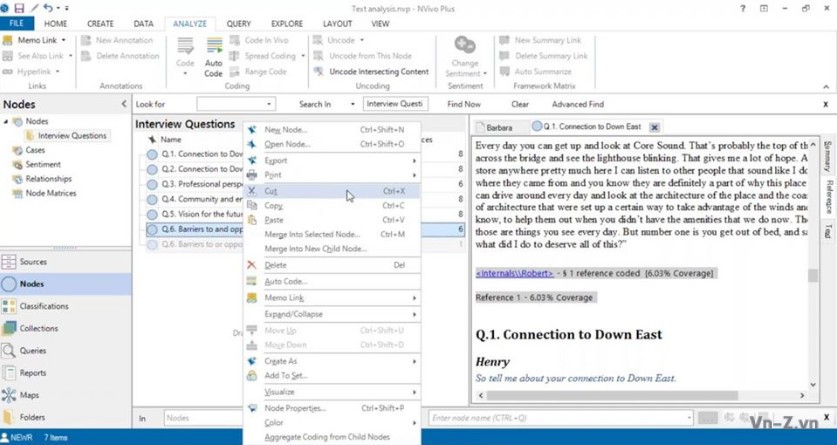

How does each software provider approach the central issue of security?Īs a true web application, Dedoose takes care of both of these very real concerns for you.

When you’re creating your research plan, the privacy rights of your respondents and the protection of your project data and findings are both of the utmost importance.
#Nvivo vs atlas full
From the get-go, you want your focus to be on conducting your research, not learning your software and not having your software influence your analytic approach.īecause Dedoose takes full advantage of the latest trends in user-centered design, most of its functionality will already be familiar to you, and there’s a handy set of video guides - and an extensive ‘step-by-step’ user guide - to help you get up to speed quickly on the rest.īy their very nature (as traditional Windows software programs), Atlas.ti, MAXQDA, and NVivo have much steeper learning curves, simply because you have to invest some time in learning the unique intricacies and sometimes elusive terminology of each. Your qualitative research software should be easy to learn and use.

The roots of each can be traced back decades: the origins of Atlas.ti and MAXQDA can be found in the European academic community, of NVivo at La Trobe University in Australia, and those of Dedoose in the American university system. Your qualitative research software should have a large, active, international user base and extensive experience in the field.Įach of the four major qualitative research software providers meet this first test, being internationally-recognized, field-tested, and journal-proven. How do you pick the package that’s best for you? Here are the ten key points to consider: You know that there are four major options: Dedoose, Atlas.ti, MAXQDA, and NVivo. Let’s say it’s time to rethink your choice of qualitative research software. Picking The Qualitative Research Software That's Right For You


 0 kommentar(er)
0 kommentar(er)
